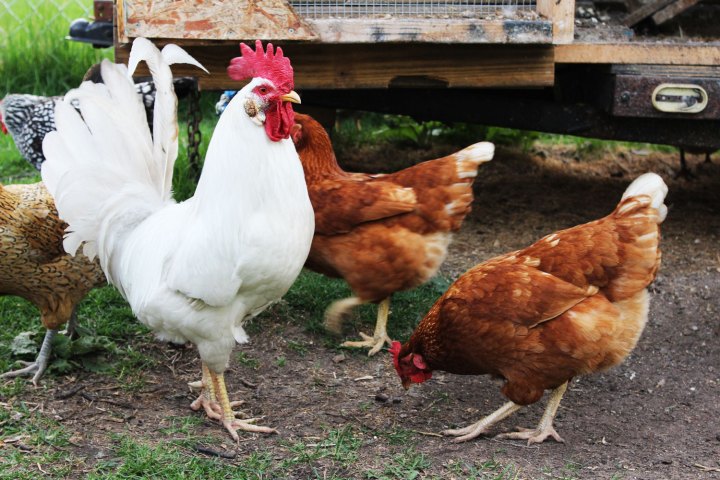
While poultry may be the most affordable animal protein available on the market, Oxfam and Almighty Digital Agency’s joint effort shows that cheap prices come at high cost. On average, Americans consume around 89 pounds of the meat a year, but Oxfam notes, “Every day, hundreds of thousands of workers become disposable parts of a large, fast, relentless machine.”
Facing working conditions that are reminiscent of a pre-labor law era, it may be difficult to accept that the environment described by “Lives on the Line” is, or is still, native to the United States. “Women and men stand on the line hour after hour, faced with an endless stream of chicken carcasses,” the campaign describes. “They hang, cut, debone, twist: repeating the same motions tens of thousands of times each shift, with few moments to rest, stretch, or take a bathroom break.
And in their desperation to find cheap labor, “the poultry industry exploits vulnerable people who have few other options: minorities, immigrants, and refugees — even prisoners.” Due to their “precarious situations,” Oxfam says, “most workers are afraid to speak out or do anything that might jeopardize their jobs.”
In a five-part series, “Lives on the Line” paints a terrifying picture of the realities of working in one of these chicken factories. “Almost all workers report that it’s nearly impossible to take a break,” says the report. “Nearly everyone has stories of workers peeing on the line. Still others make the choice to wear diapers to work. Others report that they stop drinking water and become dehydrated.” Workers note feeling ashamed or dehumanized by the experience, one in which going to the bathroom requires an arduous approval process that can take over an hour.
Oxfam’s report details the poultry machine, working on the line, and the “climate of fear” perpetuated by the industry, and ultimately, urges readers to take action. “We’re not asking you to stop eating chicken,” says Bacilio Castro, a former poultry worker. “We’re simply asking to be treated as human beings.” But as Oxfam notes, “You can speak out to the giant companies: Tell Big Poultry to treat their workers with respect and dignity.”
For more information about the poultry industry and what you can do, check out the entirety of the Oxfam report.


